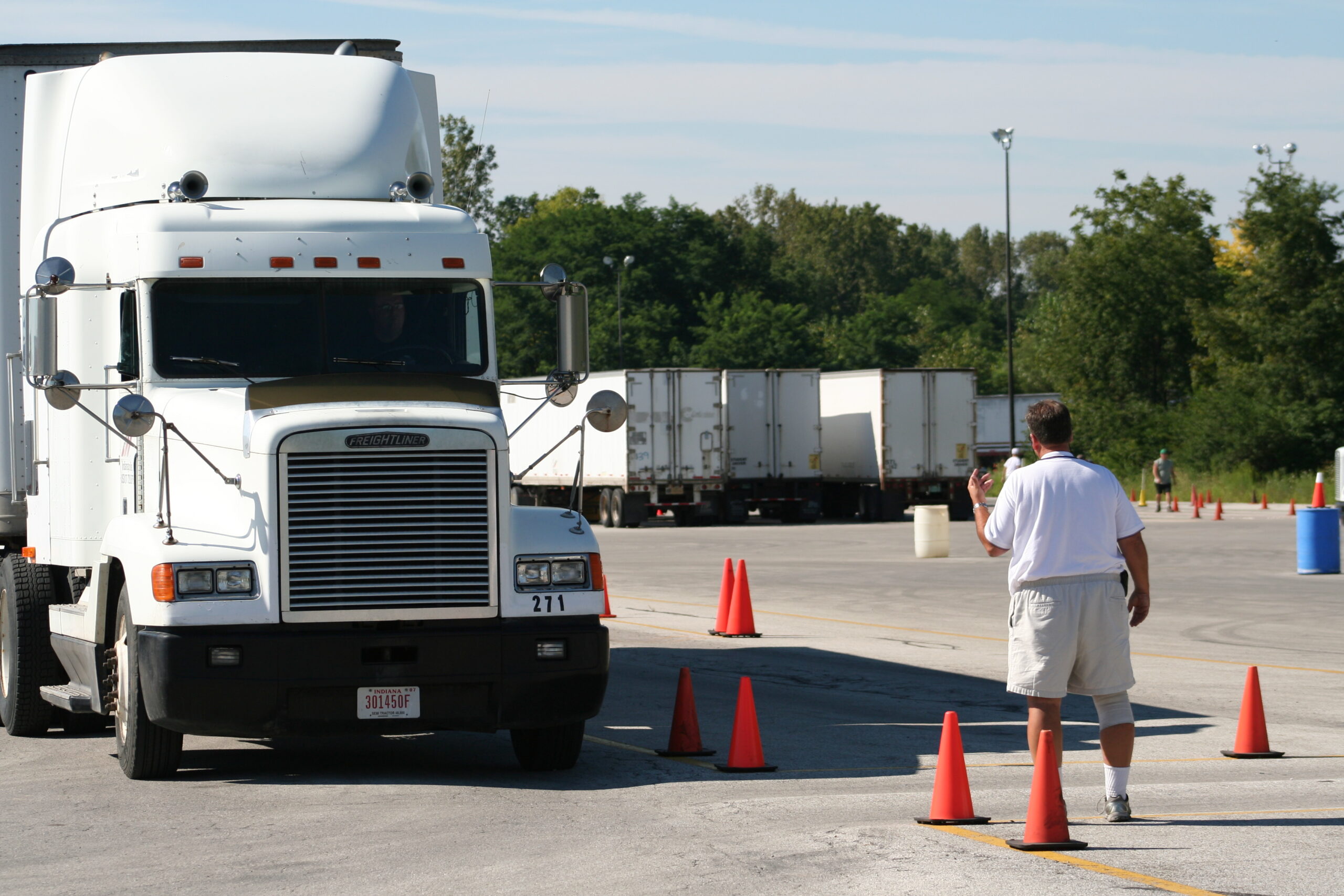Earning a Class A Commercial Driver’s License (CDL) opens doors to high-paying jobs and career mobility in the transportation industry. It qualifies you to drive large combination vehicles, including tractor-trailers, and offers opportunities in long-haul, regional, and specialized freight. The path to this professional credential requires structured training, hands-on experience, and a clear understanding of licensing requirements. Here’s a step-by-step guide to earning your Class A CDL through certified training.
Step 1: Meet Basic Eligibility Requirements
Before enrolling in a Class A CDL training program, you must meet the following criteria:
- Be at least 18 years old for intrastate driving and 21 for interstate driving.
- Hold a valid non-commercial driver’s license.
- Have a clean driving record (some violations may affect eligibility).
- Pass a Department of Transportation (DOT) physical and drug test.
These requirements ensure you’re medically and legally fit to operate commercial vehicles.
Step 2: Obtain a Commercial Learner’s Permit (CLP)
A CLP is required before you can begin on-the-road training. To obtain it:
- Study your state’s CDL manual.
- Take and pass written knowledge tests (covering general knowledge, air brakes, and combination vehicles).
- Visit your local Department of Motor Vehicles (DMV) to apply for your CLP.
Once issued, the CLP allows you to practice driving commercial vehicles under the supervision of a licensed CDL holder.
Step 3: Enroll in a Certified CDL Training Program
Choosing the right training school is crucial. Certified CDL programs offer classroom instruction, driving simulations, and behind-the-wheel training. These programs prepare you not just to pass the exam but to drive professionally and safely.
Schools like DTR School of Trucking offer structured Class A CDL courses designed to build real-world skills and confidence. Their certified instructors, modern training equipment, and industry connections make it easier for students to transition directly into commercial driving jobs after graduation.
Step 4: Complete Classroom and On-Road Instruction
Most CDL programs are 4–8 weeks long, depending on full-time or part-time enrollment. Training typically includes:
- Classroom Learning: Covers rules of the road, logbook use, safety protocols, and federal regulations.
- Vehicle Inspections: Teaches pre-trip inspection processes required for testing.
- Driving Practice: Includes maneuvers like backing, turning, coupling/uncoupling trailers, and highway driving.
This well-rounded education is essential for passing your final CDL skills test.
Step 5: Pass the CDL Skills Test
After completing your training and logging the required hours, you’ll take your state’s Class A CDL test. The test includes:
- Pre-Trip Inspection: Demonstrating knowledge of vehicle components and safety checks.
- Basic Controls Test: Performing maneuvers such as straight-line backing, alley docking, and parallel parking.
- Road Test: Driving on public roads to show proficiency in real traffic scenarios.
Passing this exam earns you your Class A CDL.
Step 6: Launch Your Career
Once licensed, you can apply for positions with trucking companies, delivery services, freight carriers, and more. Many CDL schools assist with job placement, and some companies offer sign-on bonuses or tuition reimbursement.
Over time, you can specialize in areas such as hazmat, tanker, or oversized loads, further boosting your earning potential and job options.
Conclusion
Earning a professional Class A CDL is a smart investment for anyone seeking a stable, high-demand career. By following a certified training path, you gain the skills, confidence, and credentials needed to succeed in the transportation industry. With dedicated support from experienced schools and instructors, you’ll be ready to hit the road and build a future full of opportunity.


